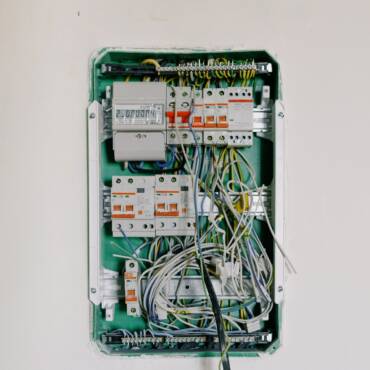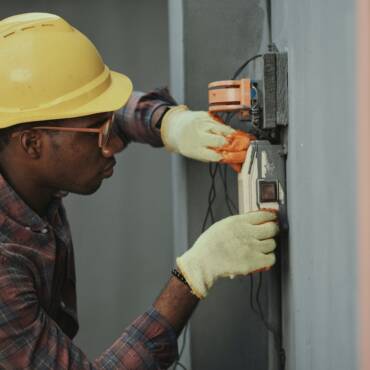Electrical stands as a cornerstone of modern living, powering our homes, workplaces, and essential technologies. This in-depth article delves into the intricacies of an installation, unravelling its significance, process, safety considerations, and the vital role it plays in shaping our daily lives.

Electrical Installation
The Essence of Electrical Installation: Powering Possibilities
At its core, electrical installation is the process of placing and connecting electrical components to enable the flow of electricity within a building or structure. It encompasses a vast array of systems, from wiring and outlets to lighting, appliances, and security measures.
The Necessity of Professional Expertise
Electrical installation is not just about wires and switches; it requires a comprehensive understanding of electrical systems, safety protocols, and adherence to building codes. A qualified electrician brings the necessary expertise to ensure safe, efficient, and compliant installations.
The Step-by-Step Guide to Electrical Installation
- Planning and Design: Begin with a detailed plan that outlines the scope of the installation, power requirements, load distribution, and safety measures.
- Gathering Materials: Acquire high-quality materials, including cables, wires, switches, outlets, circuit breakers, and other components.
- Safety First: Before starting any work, turn off the power supply to the area where installation will take place.
- Wiring and Circuit Installation: Lay the groundwork by installing wiring and circuits according to the pre-established plan.
- Outlet and Switch Installation: Position and connect outlets, switches, and other control devices based on functional requirements.
- Lighting Fixtures: Mount and wire lighting fixtures, ensuring proper illumination and aesthetic appeal.
- Appliance and Equipment Connections: Connect appliances, equipment, and devices to the electrical system, ensuring proper voltage and safety.
- Testing and Verification: Thoroughly test the installation for functionality, ensuring all components are working as intended.
- Final Inspection: Invite a qualified inspector to verify the installation’s compliance with safety regulations and building codes.
Safety First: The Imperative of Electrical Safety
- Ground Fault Circuit Interrupters (GFCIs): Install GFCIs in areas prone to moisture to prevent electrical shocks.
- Circuit Breakers: Implement circuit breakers to protect against overloads and short circuits.
- Proper Wiring: Use the right type and gauge of wires for different circuits to prevent overheating and fire hazards.
- Grounding: Ensure proper grounding to divert electrical faults safely into the ground.
- Avoid Overloading Circuits: Distribute loads evenly across circuits to prevent overheating and potential damage.
Types of Electrical Installation
- Residential Installation: Encompassing homes and apartments, this includes wiring, lighting, outlets, appliances, and safety measures.
- Commercial Installation: Involving businesses and offices, this includes extensive wiring, distribution systems, and specific requirements for different industries.
- Industrial Installation: For factories and manufacturing facilities, this covers complex electrical systems, machinery, and industrial equipment.
- Specialised Installation: Includes specialized areas like telecommunications, data centres, renewable energy systems, and more.
The Role of Technology in Electrical Installation
Advancements in technology have revolutionized electrical installation:
- Smart Homes: The integration of smart devices and home automation systems has transformed the way we interact with electrical systems.
- Renewable Energy Integration: Solar panels and wind turbines are integrated into electrical systems, reducing reliance on traditional power sources.
- Energy Management Systems: Technology allows for precise monitoring and control of energy consumption, contributing to efficiency.
Ensuring Compliance: The Regulatory Landscape
Electrical installation is bound by regulations and standards to ensure safety and uniformity. National and international codes provide guidelines for safe installation practices, ensuring consistency across the industry.
The Future of Electrical Installation
As technology continues to advance, electrical installation will evolve further. The integration of renewable energy, smart grids, and energy storage systems will shape the future of how we power our lives.
Conclusion
Electrical installation is both an art and a science, intertwining creative design with technical precision. From powering our homes to driving industries forward, it is the backbone of modern civilization. By understanding its processes, embracing safety measures, and appreciating its far-reaching implications, we can truly grasp the remarkable role electrical installation plays in shaping our world.



